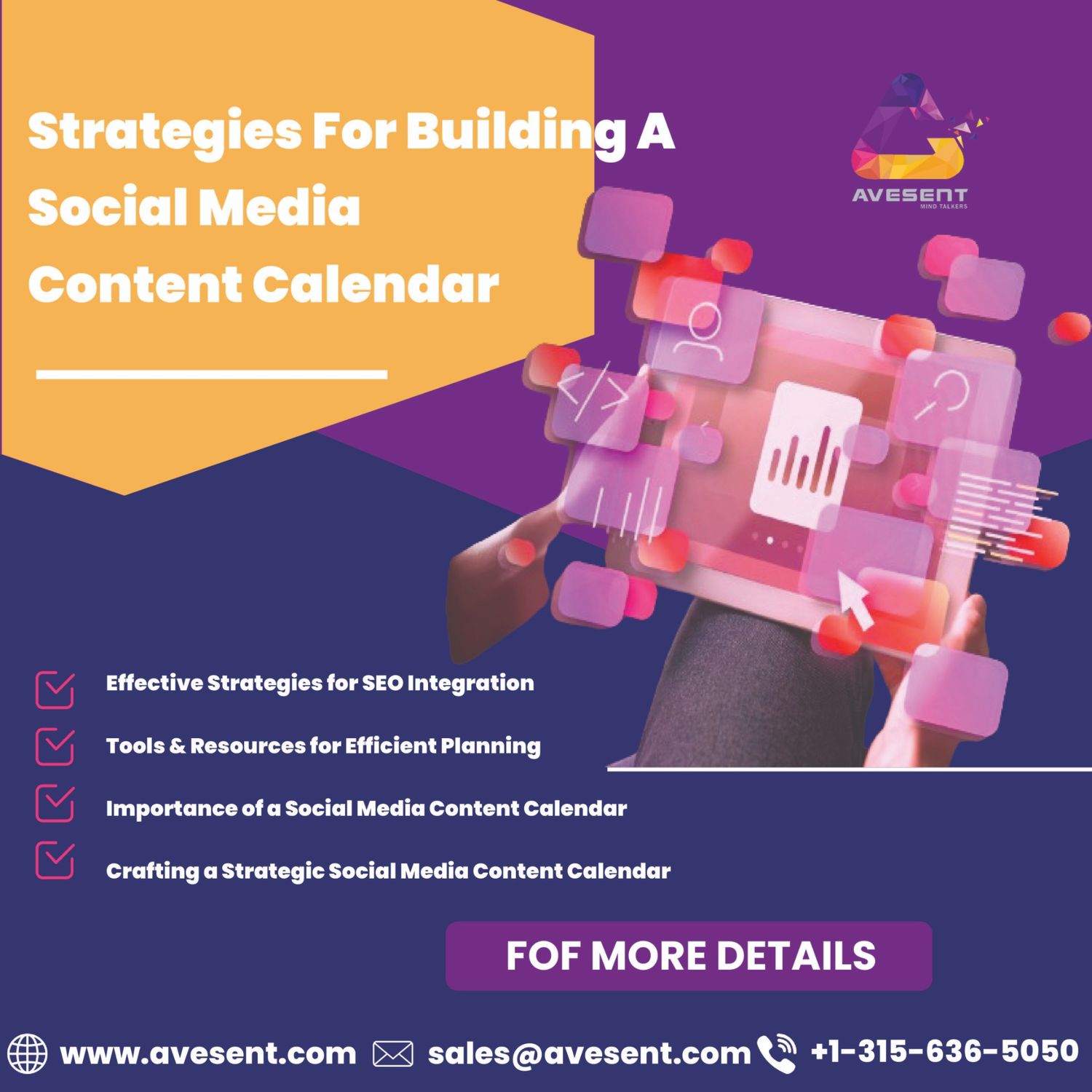Crafting an Effective Social Media Content Calendar: Strategies and SEO Impact
In the realm of digital marketing, a well-structured social media content calendar stands as the backbone of a successful strategy. Beyond organizing content, it plays a pivotal role in SEO (Search Engine Optimization), driving engagement, and fostering brand visibility. For businesses aiming to leverage social media effectively, crafting an organized content calendar isn’t just about scheduling posts; it’s about strategically aligning content to boost SEO and engage audiences. Let’s delve into strategies for building an impactful social media content calendar with a focus on SEO.
Importance of a Social Media Content Calendar
1. Consistency and Timeliness
A content calendar ensures regular and timely content delivery, maintaining consistency across social media platforms. This consistency positively impacts SEO by signaling to search engines that the brand is active and engaged.
2. Strategic Planning and Alignment
A calendar allows strategic planning, aligning content with broader marketing goals and SEO strategies. It ensures content supports SEO objectives, such as keyword targeting and content relevance.
Crafting a Strategic Social Media Content Calendar
1. Define Objectives and Themes
Start by outlining specific objectives and themes for each month or quarter. Digital marketing strategies and SEO goals guide content creation to align with the overall brand vision.
2. Keyword Research Integration
Integrate keyword research into content planning. Identify relevant keywords aligned with SEO strategies and incorporate them naturally into social media posts for enhanced discoverability.
3. Diversify Content Types
Diversification of content types keeps audiences engaged. Incorporate various formats like videos, infographics, blogs, and user-generated content within the calendar to cater to diverse preferences.
Effective Strategies for SEO Integration
1. Consistent Posting Schedule
Maintain a consistent posting schedule aligned with peak engagement times. Regular updates signal to search engines that the brand is active, boosting SEO rankings.
2. Content Optimization
Optimize social media content for SEO. Include relevant keywords in post captions, titles, and meta descriptions to increase visibility in search engine results.
3. Link Building and Sharing
Share valuable content and blog posts, encouraging link sharing across social platforms. This amplifies content reach and contributes to improved SEO through increased backlinks.
Tools and Resources for Efficient Planning
1. Social Media Management Tools
Utilize tools like Hootsuite, Buffer, or Sprout Social for streamlined scheduling and management. These tools aid in maintaining an organized content calendar across multiple platforms.
2. Editorial Calendars and Templates
Create editorial calendars or templates that outline content themes, formats, and publication schedules. This helps in maintaining consistency and clarity in content planning.
Monitoring, Analysis, and Iteration
1. Regular Performance Analysis
Regularly analyze social media performance metrics like engagement rates, clicks, and conversions. Insights guide iterative improvements in content strategies for enhanced SEO impact.
2. Iterative Optimization
Based on performance data, optimize the content calendar by tweaking posting times, content types, or messaging. This iterative approach maximizes SEO impact and audience engagement.
Conclusion
For businesses aiming to strengthen their digital presence, an effective social media content calendar isn’t just a planning tool; it’s a strategic asset for SEO optimization and audience engagement. By aligning content with SEO strategies, leveraging diverse content formats, and maintaining consistency, businesses can harness the full potential of social media for increased visibility and improved SEO rankings.




